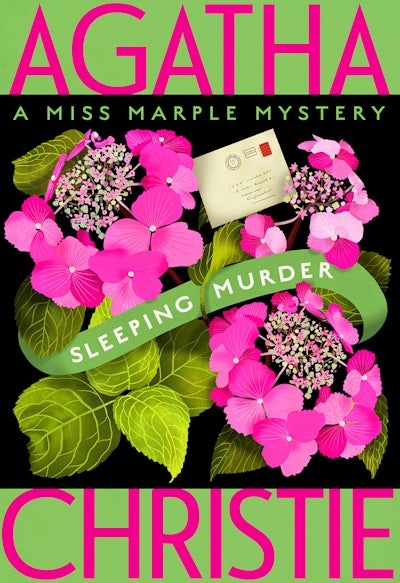Sleeping Murder

The owner of a seaside villa is plagued by strange feelings about its past…
Soon after Gwenda moved into her new home, odd things started to happen. Despite her best efforts to modernise the house, she only succeeded in dredging up its past. Worse, she felt an irrational sense of terror every time she climbed the stairs…
In fear, Gwenda turned to Miss Marple to exorcise her ghosts. Between them, they were to solve a ‘perfect’ crime committed many years before.
It really is very dangerous to believe people. I never have for years.
More about this story
Whilst living in London during the Second World War, Agatha Christie stored away two special books in the vault of a bank for safekeeping, and these were to remain there until Agatha Christie’s death. Curtain: Poirot’s Last Case was left for her daughter Rosalind, and Sleeping Murder: Miss Marple’s Last Case was for her husband Max. In doing this, Christie ensured that after her own death, her two best known detectives would have their final say.
A puzzle that is tortuous, surprising and finally satisfying.
Originally it has been thought that the story was written in the early 1940s, although this has been debated by Christie expert John Curran in his book Agatha Christie’s Secret Notebook in which he discovers that Christie began writing the novel much later.
There is much discussion around when the story was first written. In An Autobiography Christie explains that she ‘had written an extra two books during the first years of the war’ and ‘those two books, when written, were put in the vaults of a bank.’ But in Agatha Christie’s Secret Notebooks, John Curran argues that it was written much later.
Sleeping Murder was first adapted for television in 1987 as part of the Miss Marple series by the BBC, starring Joan Hickson as Miss Marple. It was then adapted again in 2006, this time by ITV, for their series Marple which starred Geraldine McEwan. 2001 saw the first radio adaptation which was transmitted on BBC Radio 4 and starred June Whitfield.


 UK
UK 




